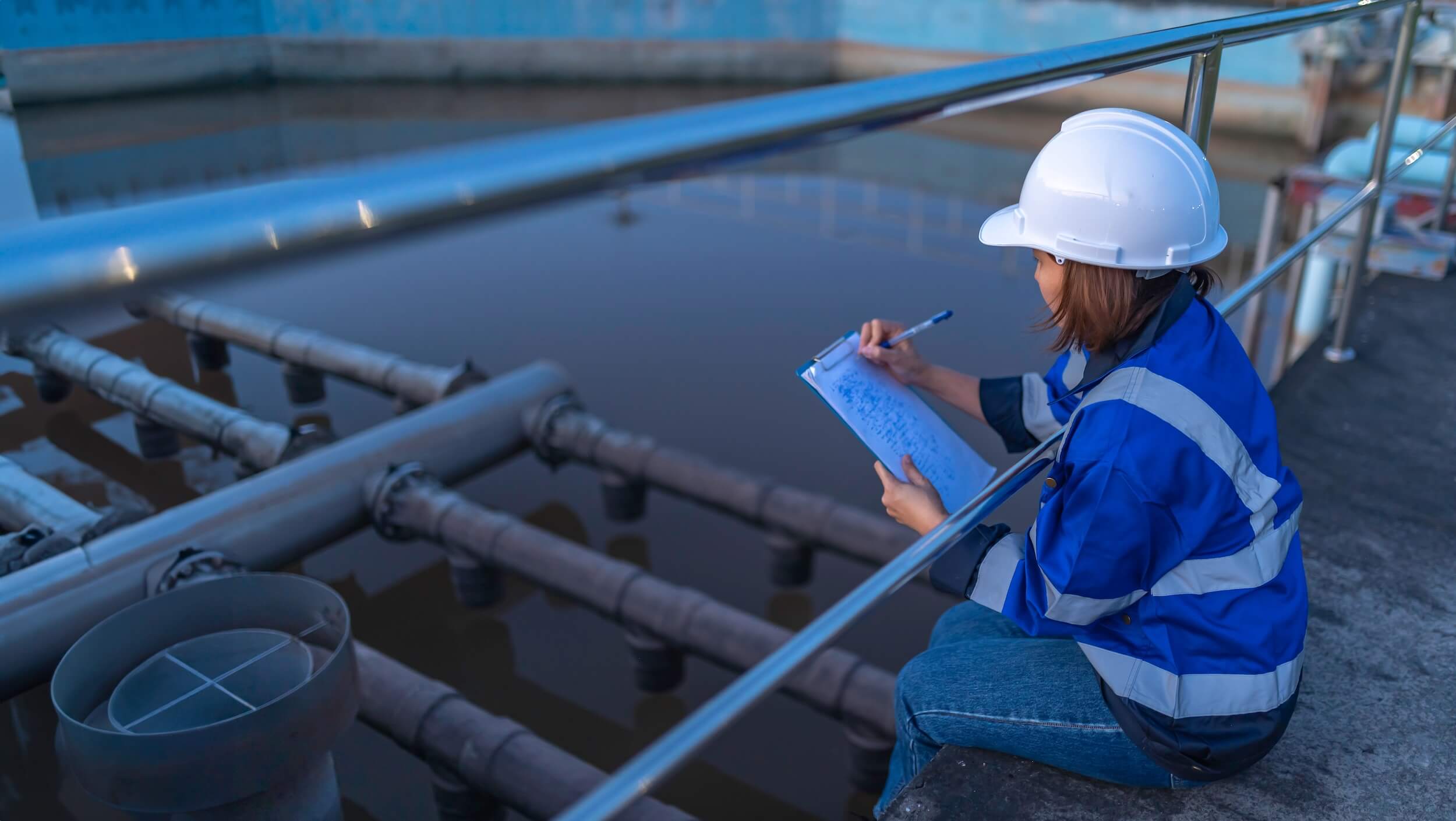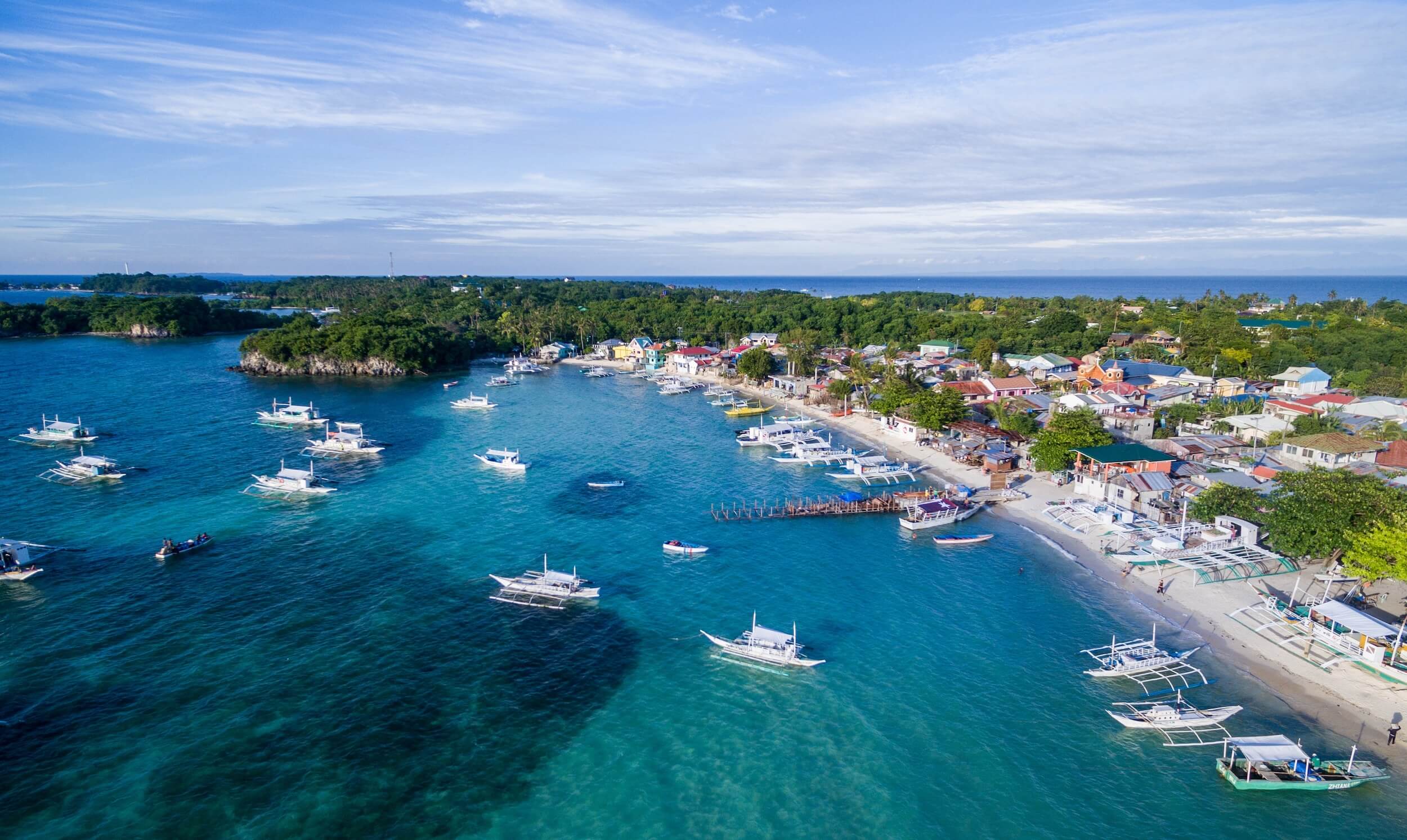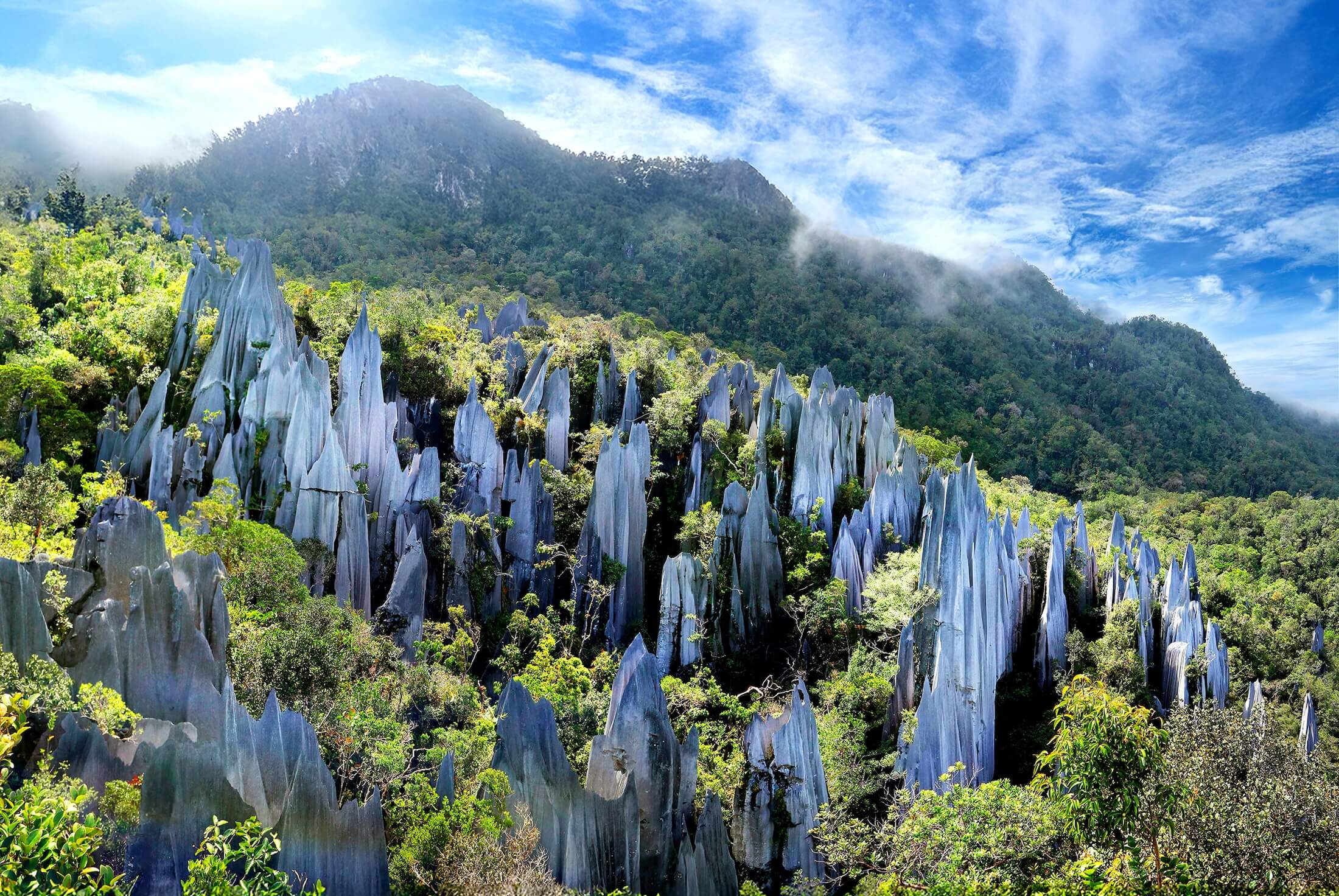



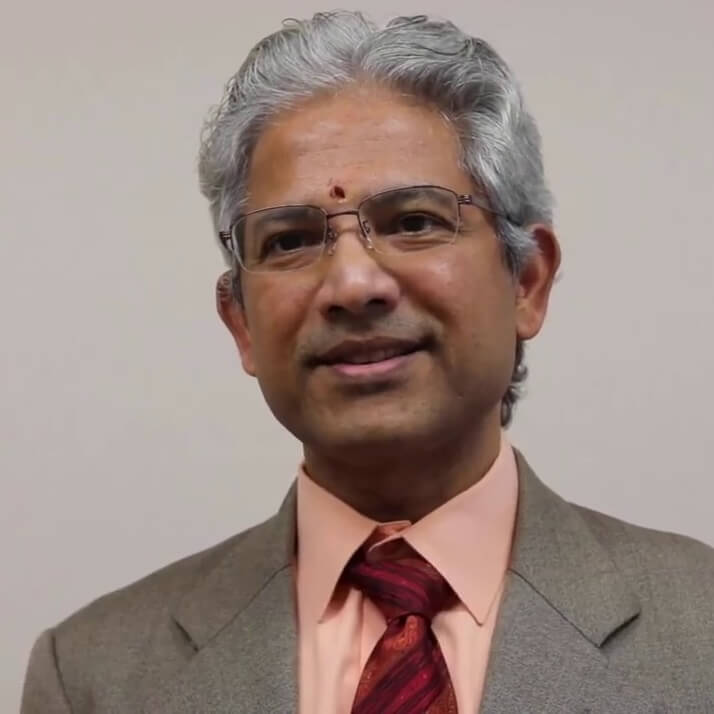

Water and sanitation are pivotal for sustainable development. Emperor Naruhito, known for his keen interest in water policy, stated at the 9th World Water Forum, "Water plays a critical role on this continent where rapid socio-economic development is taking place," (Imperial Household Agency Japan, 2022).
The intersection of water, sanitation, and societal progress has become a global narrative that resonates in various regional dialogues. One such dialogue was the Asia Pacific Water Summit (APWS) held in Beppu, Japan, in 2007. The occasion marked a critical momentum in promoting water security under the theme ”Water Security: Leadership and Commitment.” This summit convened political leaders and eminent persons, offering the leaders a platform to launch initiatives and make commitments to overcome challenges in the water sector. The narrative of water security and sustainable development further evolved at the subsequent APWS in Kumamoto in 2022, which encapsulates the advancements and the continual emphasis on fostering a sustainable framework for water and sanitation. The Kumamoto summit built upon the foundations laid in Beppu and broadened the discourse, disseminating best practices and engaging the next generation in water and sanitation solutions.
These forums reflect a dynamic, evolving dialogue that underscores the imperative of regional and global collaborations to address water and sanitation challenges. As we go deeper into these dialogues, the transition to the ASEAN context becomes a natural extension of this narrative, showcasing the region’s unique challenges and collective stride towards achieving water security and sanitation for all. The ASEAN region grapples with unequal access to clean water, lack of adequate sanitation facilities, and vulnerability to water-related disasters caused by climate change. However, amidst these hurdles, past and present success narratives in water management within this region are worth highlighting. These success stories inspire people to develop actionable solutions while illuminating the path towards better water and sanitation infrastructure within the ASEAN region.
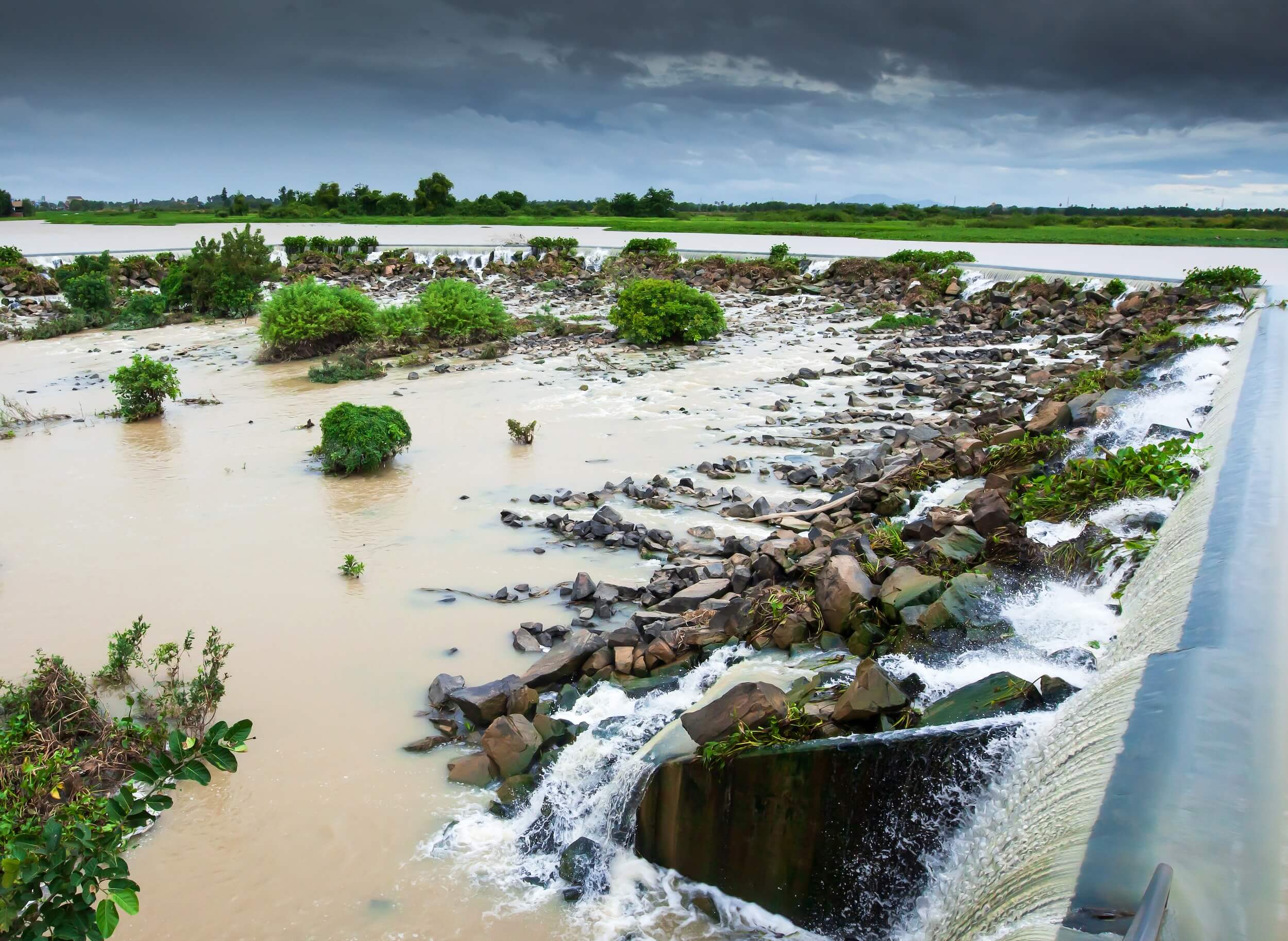
Tide of transformation: Stories from Phnom Penh, Singapore, and Manila
Singapore’s journey from water scarcity to self-sufficiency is a prominent story of strategic water governance in the ASEAN region. Since its independence in 1965, the island nation has struggled with growing population numbers and water demand. With no natural water sources, Singapore initially relied on water contracts with Malaysia. However, a paradigm shift occurred when Singapore embarked on a holistic water management endeavour encompassing water desalination and recycling. Singapore has also placed equal emphasis on water supply and demand management, embracing long-term planning and exhibiting a strong political will. The bedrock of Singapore’s success lies in managing the entire water cycle by a single national water agency, the Public Utility Board (PUB), coupled with a practical legal and regulatory framework and a motivated workforce. The success of these efforts is epitomised by the high-grade reclaimed water, known as NEWater, a testament to the innovative spirit that now stands as a landmark of sustainable water management in Singapore (Tortajada, 2018).
The Manila Water Company’s transformation underscores the significance of innovative solutions in overhauling urban water and sanitation systems in Manila. Through community engagement, technological interventions, and public-private partnerships, Manila Water turned a once inadequate water infrastructure into a model of urban water efficiency. Manila Water’s journey from servicing 3.1 million customers at the inception to seven million in 2021 underscores a story of transformation and innovative solutions to improve water access, expand infrastructure, increase water delivery, and eliminate system losses (Gutierrez, 2018). The foundation of this transformation was adopting a change management approach, metamorphosing the water utility into a world-class service provider. Manila Water embraced a consensus-driven management style, promoting teamwork across all levels. Manila Water’s success has now grown beyond its initial domain, extending its services to various metropolitan cities within the Philippines and even crossing borders into Viet Nam, Thailand, Indonesia, and Cambodia, symbolising a ripple effect of positive change across the region (Rivera, 2014).
The story of Phnom Penh’s water supply reformation, led by Ek Sonn Chan, epitomises visionary leadership and internal reforms to catalyse water infrastructure advancements. Ek Sonn Chan, the General Director of the Phnom Penh Water Supply Authority (PPWSA), was a notable figure in ensuring clean and affordable water to the city’s residents. Through relentless efforts in reducing non-revenue water, enhancing operational efficiency, and fostering a culture of accountability, Phnom Penh transformed its water supply authority into a paragon of urban water management. The water system Chan inherited in 1993 was in a dire state, with only 20 per cent of the city connected to a 70-year-old water system, and each connection cost a staggering 1000 US dollars (Asian Development Bank, 2014). Ek Sonn Chan transformed the PPWSA into a functional and reliable water utility through his unwavering commitment and innovative approaches. The PPWSA became an autonomous entity by 1997, fueled by significant financial injections from international institutions. The region also progressed by building 1,500 kilometres of new pipelines and a six-fold expansion in water output, turning a once dysfunctional utility into a paragon of high-quality public service, according to the Ramon Magsaysay Award Foundation. In 2008, the PPWSA reached substantial success by achieving a 6 per cent non-revenue-water rate, 90 per cent coverage with 24-hour supply, a 99.9 per cent collection ratio, total cost recovery-based tariffs, and ongoing financial growth. Those were achieved through informed public, internal reforms, and relentless support from the government (Asian Development Bank, 2008).
Building on the stories from these three cities, the impact of water and sanitation on society becomes palpably clear. A cornerstone of this impact lies in the realm of public health. The mutual relationship between water, sanitation, and public health is highlighted by real-world evidence, such as the COVID-19 pandemic, where simple acts of handwashing emerged as a primary defence against the spread of the virus. These safety precautions exemplified water and sanitation’s importance to individual and community health. Moreover, the precedent was set by regions like Singapore and Japan, where long-standing prioritisation of water and sanitation has translated into tangible public health benefits. With more nations moving towards more excellent economic stability, the goal of self-sufficiency in water and sanitation management is becoming increasingly attainable. This aspiration relies significantly on solid leadership and commitment to public health imperatives.
Youth and technology as pioneers in ASEAN’s water and sanitation solutions
As we transition into an era where digital technology promises to accelerate progress, the potential to expedite advancements in the water and sanitation sectors is essential. With its ability to enhance monitoring, disseminate knowledge, and foster global collaborations, technology pushes societies towards a health-centric model where water and sanitation are pivotal. This trajectory translates well for public health and encapsulates the essence of sustainable societal progress within the ASEAN region and beyond. The digital age has cultivated a generation of tech-savvy youth, setting the stage for advancements in water and sanitation. The youth equipped with digital tools and a wealth of information are well-positioned to take charge of finding innovative solutions in this field. From deploying smart sensors for real-time water quality monitoring to leveraging data analytics for optimising water distribution networks, the fusion of technology and youthful dynamism is a promising precursor of progress. The digital realm also democratises knowledge dissemination, enabling a broader audience to grasp the intricacies of water and sanitation management, thus fostering a more informed and proactive community.
In navigating the digital landscape, strategies that accentuate water accessibility and affordability are paramount. For instance, mobile applications that provide information on the nearest water refill stations or platforms that facilitate online payments for water and sanitation services are tangible examples of digital solutions catering to basic needs. Beyond the local context, digital connectivity serves as a channel for global dialogue and collective action. The youth in ASEAN countries can engage in online forums, share success stories, and mobilise resources through digital platforms to unite the shared goal of ensuring water and sanitation for all. This digital solidarity transcends geographical boundaries, embodying a global solidarity integral to nurturing progress. There are many ways for the digitally empowered youth to advance the water and sanitation sectors. By tapping into the digital sphere, they will unlock avenues for broader societal engagement, policy advocacy, and cross-border collaborations, enriching the ASEAN narrative in the sector. The infusion of youthful enthusiasm and digital innovation is not merely a transient phase but a robust foundation for addressing contemporary challenges and advancing societal progress.
Conclusion
As we explore the potential of youth and technology and wade into the stories of Phnom Penh, Singapore, and Manila, we unveil the transformative potential of elevating water and sanitation through the synergy of many stakeholders. The ASEAN narrative, amidst its unique blend of cultural richness and economic dynamism, underscores a universal truth: the indispensable role of water and sanitation as the core of societal well-being. The progress from many parts of this region is a testament to the boundless possibilities awaiting us should we choose to prioritise these fundamental domains. The journey towards a healthier, more equitable, and sustainable future is not a solitary endeavour but a collective one. Every droplet of effort in enhancing water and sanitation systems, every ripple of knowledge shared, and every tide of technological innovation moves us closer to this envisioned horizon.
The views and opinions expressed in this article are solely those of the author and do not reflect the official policy or position of ASEAN.
*This article was co-authored by Dwiky Chandra Wibowo in his capacity as an ADBI Consultant. Mr. Wibowo has since transitioned to a new role within the ASEAN Political Security Community Department.
